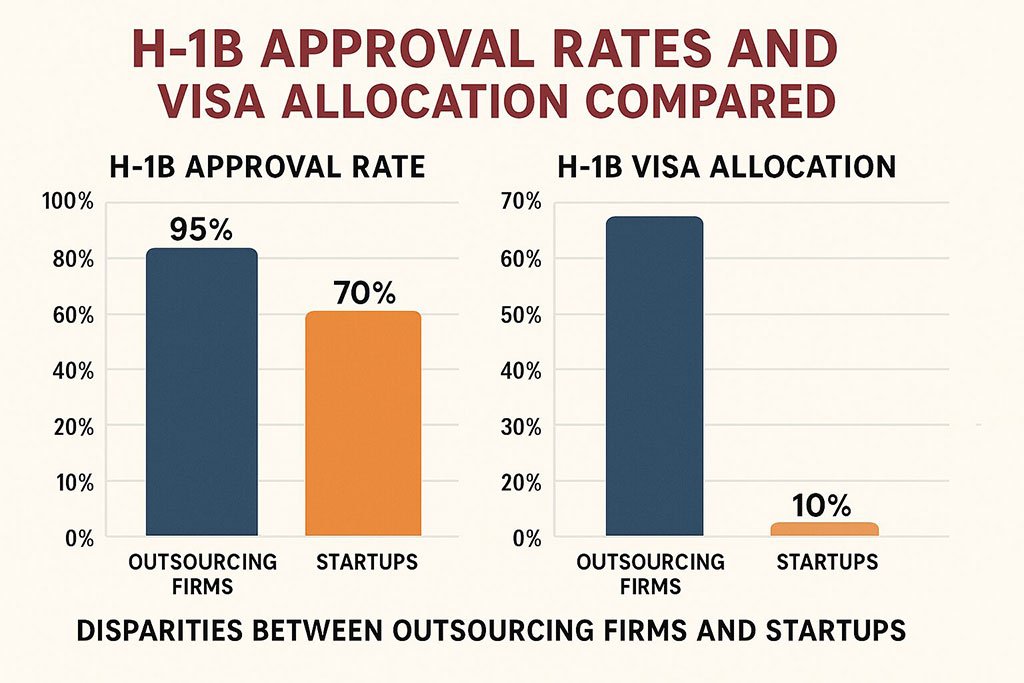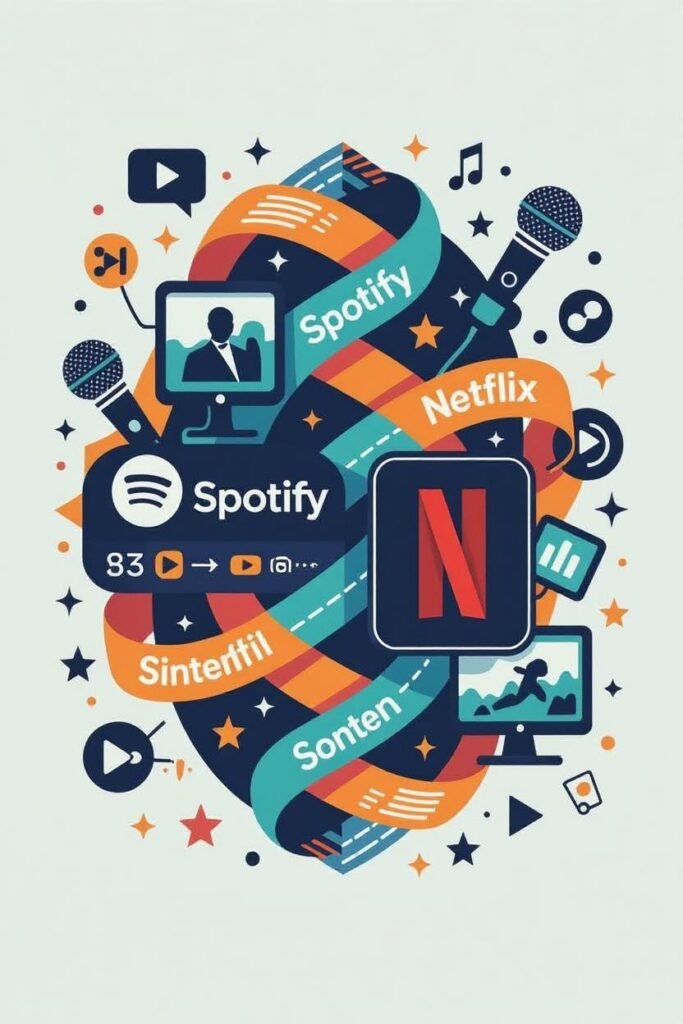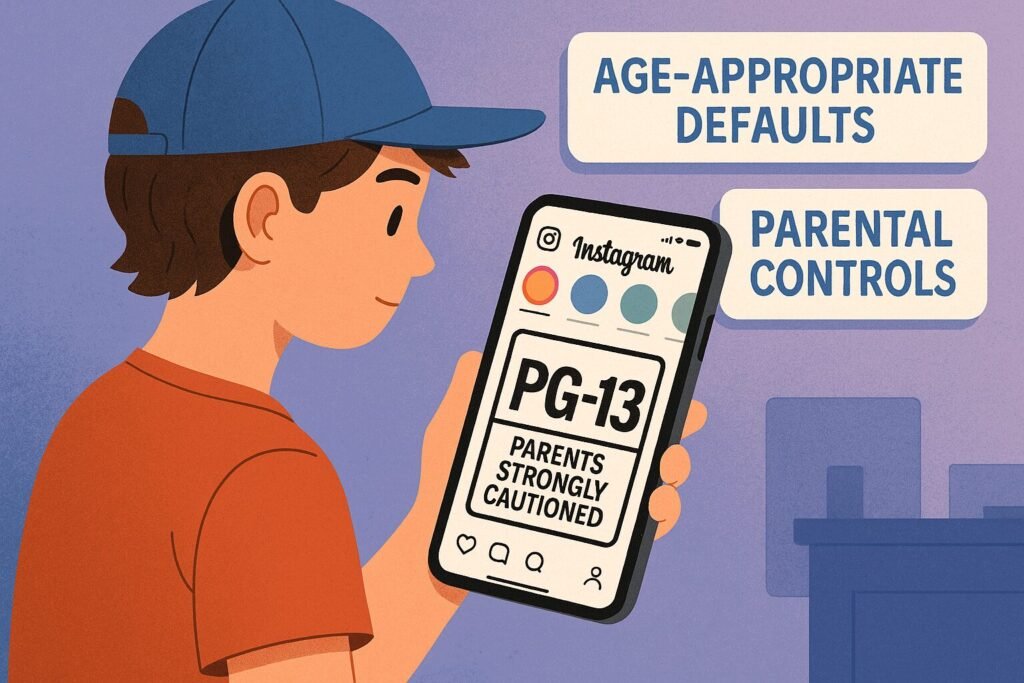Now Reading: Apple Officially Retires Support for the Clips Video-Editing App
-
01
Apple Officially Retires Support for the Clips Video-Editing App
Apple Officially Retires Support for the Clips Video-Editing App

A Quiet Goodbye to Apple’s Playful Video Editor
After eight years of quirky stickers, AR filters, and short-form storytelling, Apple has quietly retired Clips, its once-ambitious video-editing app for iPhone and iPad.
On October 10, 2025, Apple confirmed on its official Support page that Clips is no longer available for new downloads and will receive no further updates. For existing users, the app will continue to function — at least for now — but this marks the end of active development.
The decision closes a chapter on Apple’s attempt to merge mobile creativity with social-media culture. For casual creators, the announcement landed softly — yet symbolically, it signals how Apple is rethinking its place in the creator economy.
What Was Apple Clips? A Vision Ahead of Its Time
When Apple launched Clips in 2017, it wasn’t aiming to compete with Final Cut Pro or iMovie. It was, instead, a bite-sized creativity tool:
a way to make short, expressive videos using filters, Live Titles (speech-to-text captions), stickers, and music — all without ever leaving your phone.
Clips was Apple’s answer to the early days of Instagram Stories and Snapchat lenses. It was simple, accessible, and deeply integrated into iOS.
In the first few years, Apple even added support for Animoji, Memoji, and AR Spaces, leveraging the iPhone’s camera innovations. It looked like a fun bridge between professional editing and playful social sharing — a glimpse into how Apple might speak to younger, mobile-first creators.
But over time, that bridge went quiet.
How the App Lost Its Spark
By 2023, Clips had stopped evolving. Updates were rare, often limited to bug fixes. Meanwhile, the mobile-editing landscape exploded.
TikTok added sophisticated in-app editing. CapCut became a global powerhouse. InShot, VN, and GoPro Quik turned into go-to tools for creators seeking quick polish with viral-ready effects.
Apple’s approach — premium, minimal, and system-locked — began to feel dated against platforms that thrived on community trends and algorithmic creativity.
As social media platforms absorbed editing features directly, the need for a separate app like Clips dwindled. Apple’s own devices grew more capable too:
features like Cinematic Mode, Portrait Video, and Live Text built the fun parts of Clips right into the Camera and Photos apps.
So while Clips never flopped outright, it faded — slowly, gracefully — until Apple finally confirmed what many already suspected.
Apple Confirms the End
Apple’s support note put it plainly:
“The Clips app is no longer available for download for new users. Existing users can continue to use it on compatible versions of iOS and iPadOS.”
In short:
-
You can still use Clips if it’s already on your device.
-
You can redownload it from your purchase history — for now.
-
But no updates or future support are planned.
The last official version, Clips 3.1.7, was released in May 2024. That update was mostly performance-related — no new creative tools or AR effects.
As of now, the app works fine on iOS 26 and iPadOS 26, but there’s no guarantee it will run on future Apple operating systems.
What Users Should Do Now
If you still have videos or projects saved in Clips, now is the time to export them. Apple’s support documentation outlines how:
To save a full video:
-
Open your project.
-
Tap Share → Options → Video.
-
Select your preferred quality, then tap Save Video to store it in Photos or Files.
To save individual clips:
-
Tap on a single clip inside your project.
-
Swipe left on the tools bar and tap Save Clip.
Saved clips appear in your Photos library under an album called “Clips.”
It’s a small step — but a crucial one. Future iOS updates could break compatibility or make your projects inaccessible.
Alternatives to Try
Apple’s retirement of Clips doesn’t mean the end of casual video creation. In fact, creators have never had more choices.
Apple iMovie (Free, iOS / macOS)
A natural transition for Clips users. More advanced editing options, themes, and transitions — but still approachable.
VN Video Editor
A global favorite. Free, non-destructive, with professional-style timeline editing, sound layers, and cinematic filters.
InShot
Fast, mobile-friendly, and ideal for short-form videos. Includes effects, text, and social-optimized export options.
CapCut
By far the most popular choice among creators using TikTok and Reels. Powerful, free, and constantly updated with trending templates.
GoPro Quik
A great option for quick montage creation — especially for travel and action content.
Each of these tools can easily import the videos or clips you’ve saved from Apple’s app.
Why This Matters: Apple’s Shifting Creative Strategy
Clips was always a kind of experiment — a rare instance where Apple tried to play in the same sandbox as youth-driven social apps.
But Apple’s core strength has never been chasing trends; it’s building ecosystems.
By sunsetting Clips, Apple may be signalling a shift away from standalone creativity apps and toward AI-assisted creativity baked directly into iOS.
We’ve already seen hints: generative photo edits in Photos, automated music and highlight reels in Apple Intelligence, and system-wide “Create with Siri” features rumored for future releases.
Rather than keeping a separate app alive, Apple appears ready to fold creative editing into the operating system itself— seamless, invisible, and always on hand.
It’s not the end of creativity on Apple devices; it’s the start of something more integrated.
Pros and Cons of Apple’s Decision
The Upside
-
Streamlined ecosystem; less fragmentation.
-
Encourages use of more capable apps like iMovie or Final Cut.
-
Reduces maintenance for a niche app few people used regularly.
The Downside
-
Loyal users lose a lightweight creative tool.
-
Risks data loss if users forget to export projects.
-
Adds to the perception that Apple often abandons smaller passion projects.
The Creator Economy Evolves
For creators in regions where Apple devices are dominant — the U.S., Japan, Western Europe — Clips had modest but loyal adoption.
In emerging markets, however, the story was different. Free, cross-platform apps like CapCut and VN became the standard. Apple’s decision might simply acknowledge that its users have already moved on.
The broader trend?
We’re entering an era where AI-assisted content creation replaces traditional editing. Instead of trimming clips manually, users will describe what they want — “make this a 10-second cinematic highlight” — and the OS will do the rest.
Clips wasn’t a failure. It was a prototype for what comes next.
FAQs
1. Can I still use Clips?
Yes, but only if you already have it installed. It’s unsupported for new downloads.
2. Will my old Clips projects still work?
For now, yes — but export them soon to avoid future compatibility issues.
3. Can I reinstall Clips after deleting it?
You can redownload it from your App Store purchase history, though this could change.
4. What replaces Clips?
Apple recommends iMovie, though VN, CapCut, and InShot are popular third-party options.
5. Does this mean Apple is leaving video editing?
No. Apple continues to support iMovie and Final Cut Pro, and may integrate more AI video tools into iOS.
6. Can I transfer Clips projects to iMovie?
Not directly — export your videos and import them manually.
7. Is Clips gone worldwide?
Yes. The app has been removed from all regional App Stores.
8. Why did Apple retire Clips?
Low usage, feature redundancy, and a strategic shift toward integrated, AI-powered creation tools.
Subscribe to “Creative Tomorrow” — our free weekly newsletter for creators, marketers, and digital storytellers.
Disclaimer:
All logos, trademarks, and brand names referenced herein remain the property of their respective owners. Content is provided for editorial and informational purposes only. Any AI-generated images or visualizations are illustrative and do not represent official assets or associated brands. Readers should verify details with official sources before making business or investment decisions.
































